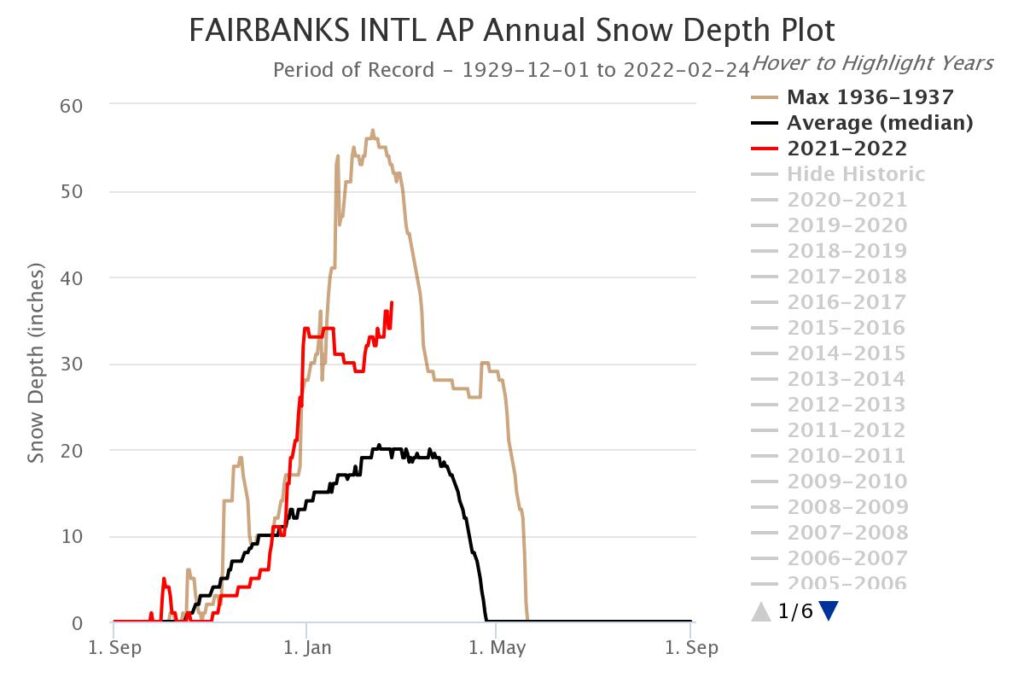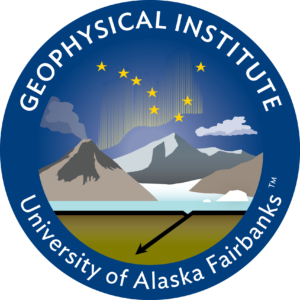Anchorage Annual Weather Averages - Alaska, US - WorldWeatherOnline.com Snowfall Totals by City - NerdWallet Within 50 miles contains large variations in elevation (7,936 feet). The figure below shows you a compact characterization of the hourly average winter temperatures. "version":"3.11.2","is_static":false,"experimentalFeatures":{"landing-pages":true,"kit-elements-defaults":true},"urls":{"assets":"https:\/\/akclimate.org\/wp-content\/plugins\/elementor\/assets\/"},"swiperClass":"swiper-container","settings":{"page":[],"editorPreferences":[]},"kit":{"body_background_background":"classic","active_breakpoints":["viewport_mobile","viewport_tablet"],"global_image_lightbox":"yes","lightbox_enable_counter":"yes","lightbox_enable_fullscreen":"yes","lightbox_enable_zoom":"yes","lightbox_enable_share":"yes","lightbox_title_src":"title","lightbox_description_src":"description"},"post":{"id":12013,"title":"Snow%20Summary%20%E2%80%93%20Alaska%20Climate%20Research%20Center","excerpt":"","featuredImage":"https:\/\/akclimate.org\/wp-content\/uploads\/2022\/02\/20220218_161833-1024x470.jpg"}}; });
A Recognized State Climate Office - American Association of State Climatologists var elementorFrontendConfig = {"environmentMode":{"edit":false,"wpPreview":false,"isScriptDebug":false},"i18n":{"shareOnFacebook":"Share on Facebook","shareOnTwitter":"Share on Twitter","pinIt":"Pin it","download":"Download","downloadImage":"Download image","fullscreen":"Fullscreen","zoom":"Zoom","share":"Share","playVideo":"Play Video","previous":"Previous","next":"Next","close":"Close"},"is_rtl":false,"breakpoints":{"xs":0,"sm":480,"md":768,"lg":1025,"xl":1440,"xxl":1600},"responsive":{"breakpoints":{"mobile":{"label":"Mobile","value":767,"default_value":767,"direction":"max","is_enabled":true},"mobile_extra":{"label":"Mobile Extra","value":880,"default_value":880,"direction":"max","is_enabled":false},"tablet":{"label":"Tablet","value":1024,"default_value":1024,"direction":"max","is_enabled":true},"tablet_extra":{"label":"Tablet Extra","value":1200,"default_value":1200,"direction":"max","is_enabled":false},"laptop":{"label":"Laptop","value":1366,"default_value":1366,"direction":"max","is_enabled":false},"widescreen":{"label":"Widescreen","value":2400,"default_value":2400,"direction":"min","is_enabled":false}}}, }
The average sliding 31-day snowfall during the winter in Anchorage is rapidly decreasing, starting the season at 9.4 inches, when it rarely exceeds 18.6 inches or falls below 2.8 inches, and ending the season at 5.4 inches, when it rarely exceeds 13.9 inches or falls below 0.9 inches.
[7][failed verification], On March 17, 2002, there was a storm that caused 28.6 in of snow to close schools for two days. Similarly in January, fresh snowfall in the heaviest years amounts to over 14.5 inches, while the lightest years get less than 6.9 inches.
 The charts include values for the 2021-2022 season through February 24, as well as the long-term average and the season with the highest recorded values at each location. There is no online registration for the intro class Terms of usage & Conditions This appears[according to whom?] Anchorage is normally free of snow every year from June to August. .
The charts include values for the 2021-2022 season through February 24, as well as the long-term average and the season with the highest recorded values at each location. There is no online registration for the intro class Terms of usage & Conditions This appears[according to whom?] Anchorage is normally free of snow every year from June to August. .  The charts include values for the 2021-2022 season through February 24, as well as the long-term average and the season with the highest recorded values at each location. There is no online registration for the intro class Terms of usage & Conditions This appears[according to whom?] Anchorage is normally free of snow every year from June to August. .
The charts include values for the 2021-2022 season through February 24, as well as the long-term average and the season with the highest recorded values at each location. There is no online registration for the intro class Terms of usage & Conditions This appears[according to whom?] Anchorage is normally free of snow every year from June to August. .  Monthly: 1981-2010 normals. Access to these data supports the Federal Emergency Management Agency's need for near real-time observations used in assessing requests for disaster assistance.
Monthly: 1981-2010 normals. Access to these data supports the Federal Emergency Management Agency's need for near real-time observations used in assessing requests for disaster assistance. 